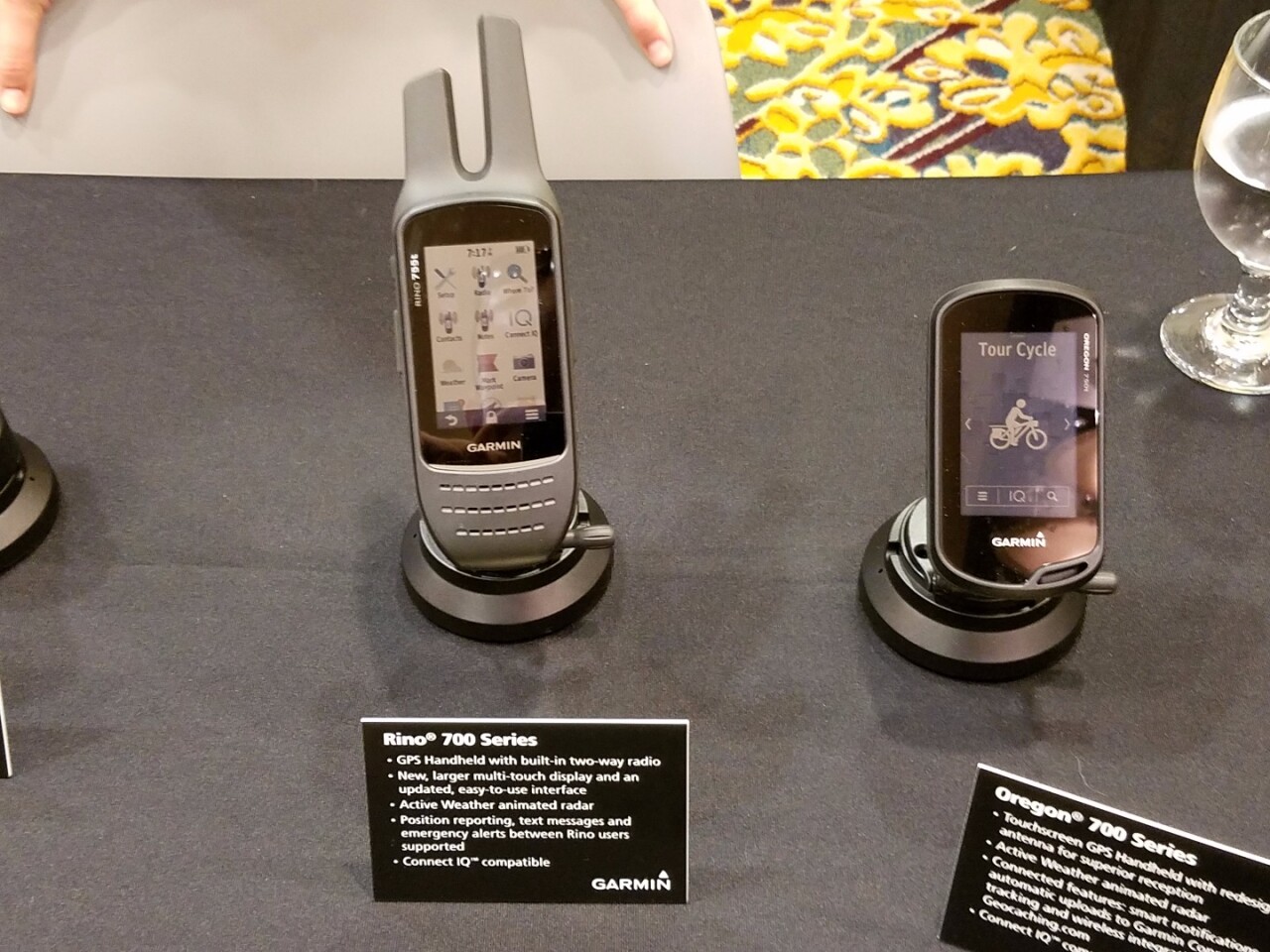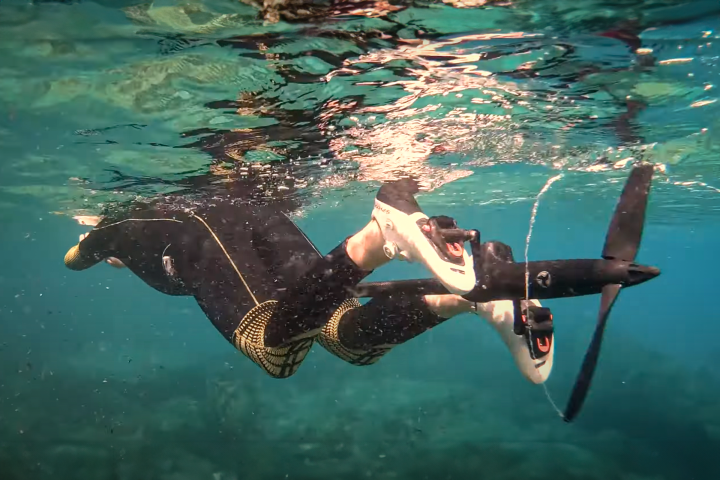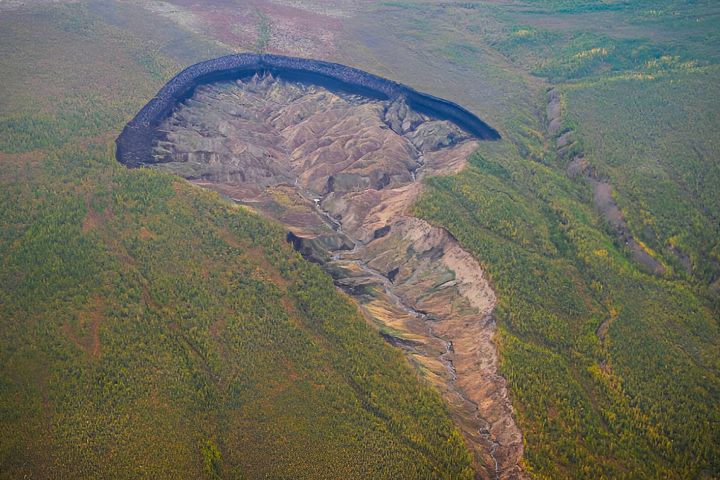In an age when you can navigate through wild spaces with your smartphone and a free or inexpensive mapping app like ViewRanger, outdoor users might wonder if there's still a place for a dedicated GPS. The all-new Garmin Rino 700 Series makes its case by packing in extra features you won't get with your smartphone. The touchscreen-based navigator doubles as a 5 W two-way radio and weather tracking system. It also plays nice with your phone, bringing smart features onto its own touchscreen. And with up to 18 hours of battery life, you won't have to worry so much about going black.
Garmin first introduced the Rino series in 2002, and the model line has steadily evolved over the past 14 years. We first checked it out way back in 2007, and it looked quite different then, and even more different when the 100 series models first arrived five years earlier.
The evolution continues with the Rino 750 and 755t. The new models upgrade their IQs, bringing smartphone features out of your pocket and onto the navigator in your hand. The Garmin Connect Mobile app enhances the Rino 700 Series' weather-tracking, adding animated radar and real-time updates to the weather tracking capabilities available through the built-in NOAA radio.
Less outdoorsy but still potentially useful, the 750 models can also display smartphone alerts on their touchscreens, letting you know when you have a call, text and email. The smartphone connectivity also supports wireless software updates, wireless integration with Geocaching.com, auto-uploads to the Garmin Connect community, and Garmin Connect IQ compatibility for adding data fields, widgets and apps.

The Rino's radio communications have also been enhanced. Like past Rinos, the 750 and 755t include a built-in 5 W FRS/GMRS radio for two-way voice and text message communications. A new Emergency Alert feature provides a push-button digital SOS that sends a help message out to other Rino users, along with the sender's location. The two-way nature of the system allows those peers to respond that they're coming to help, unlike one-way emergency beacons, which leave the victim wondering and hoping that his or her help message has been received.
The 700 Series touchscreen has grown to 3 in (from 2.6), and the 755t model includes an 8 MP camera with built-in LED flash/torch, a bump up from the 5 MP camera on the 655t.
Beyond those additions and updates, the new Rino 750 and 755t continue to be the same solid outdoor multi-tools that past Rinos have been. Users get a high-sensitivity GPS (with GLONASS support), a two-way radio with up to 20 miles (32 km) of range, an altimeter/barometer/digital compass package, and unit-to-unit data transfer, good for sharing routes, waypoints and more. Both models come with a worldwide base map, and the 755t also has TOPO US 100K mapping.
Like the 600 Series models, the 750 and 755t come standard with a rechargeable lithium-ion battery offering up to 14 hours of runtime. The available four-AA battery pack boosts that to 18 hours or works as a backup.
Garmin will begin selling the US$549.99 750 and $649.99 755t in the third quarter of 2016. Those prices represent a $50 bump from the corresponding 600 Series models, which Garmin intends to continue selling, at a lower price point.
Source: Garmin





